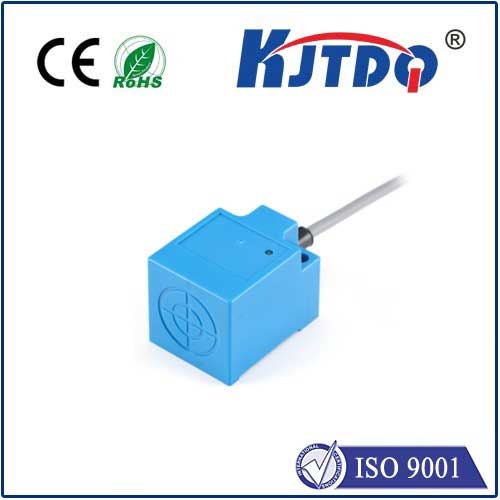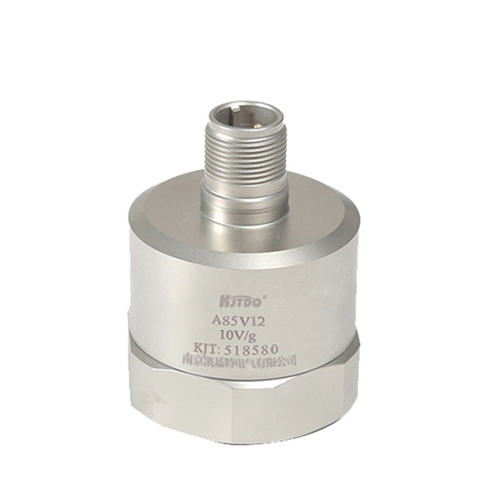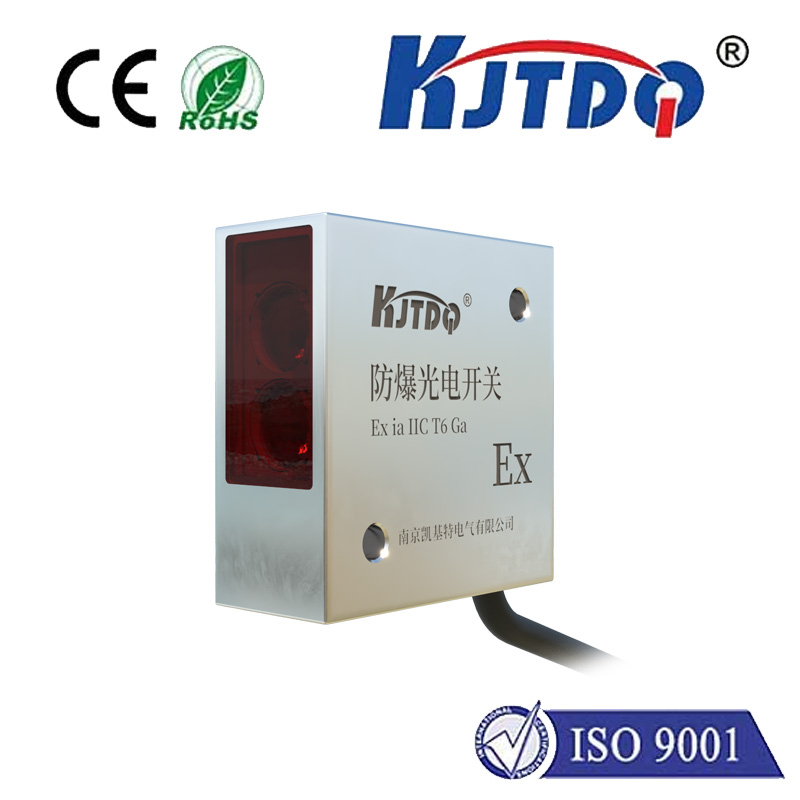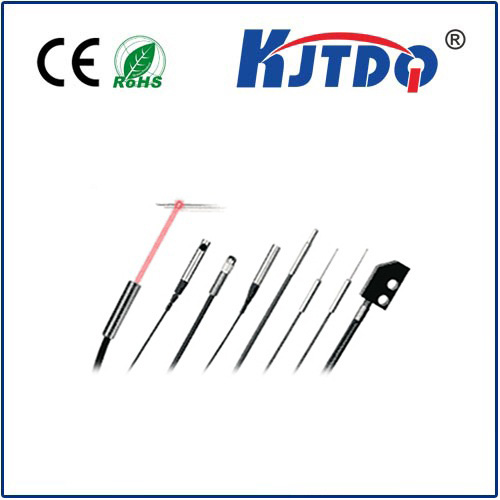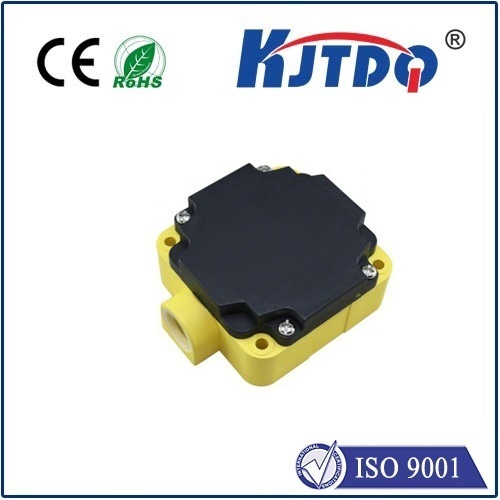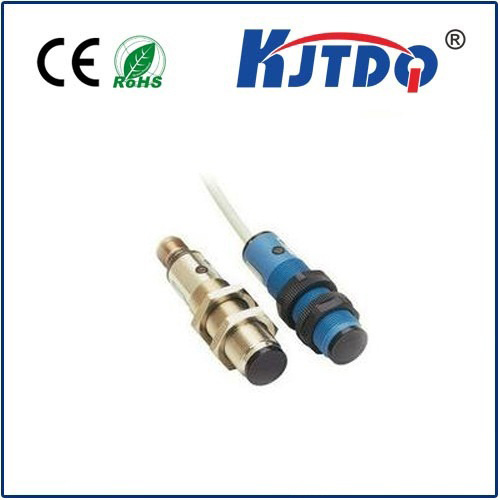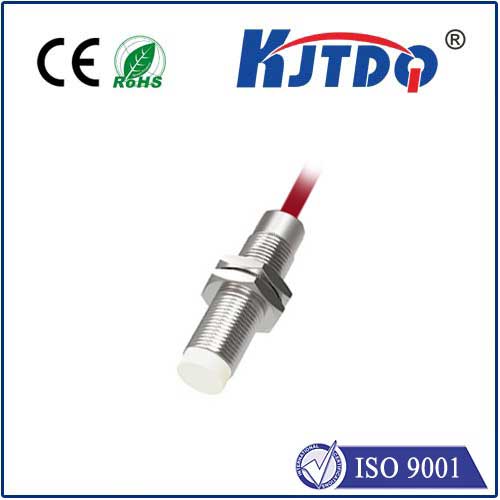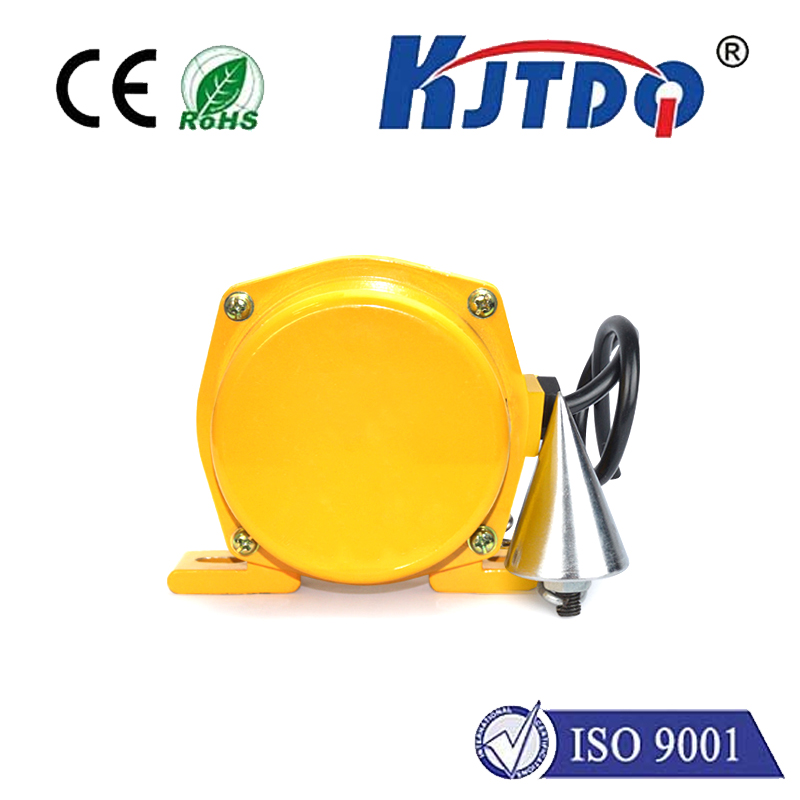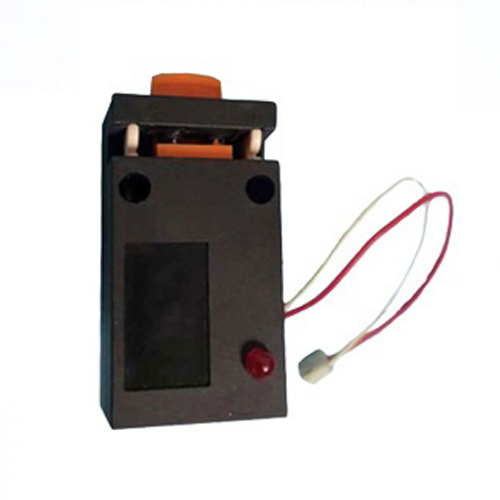l140f 30 Ограниченный переключатель
- time:2025-08-02 02:56:35
- Нажмите:0
The L140F-30 Limit Switch: Precision Control for Harsh Industrial Environments
Imagine a bustling factory floor: machines whirring, conveyors moving, robotic arms executing precise movements. Now, picture a critical safety mechanism ensuring a robotic arm stops exactly at its intended position, or a heavy door on a processing unit refusing to operate unless fully secured. This silent guardian, ensuring operational safety and precision in countless industrial scenarios, is often the unassuming ограничительный переключатель. And among the robust solutions available, the L140F-30 limit switch stands out as a reliable workhorse engineered for demanding applications.
Understanding the Core Function: What is a Limit Switch?
At its essence, a limit switch is an electro-mechanical device designed to detect the presence, absence, or position of an object within its operating range. It functions as a simple yet vital sensor. When an actuator (like a lever, roller, or plunger) on the switch is physically moved by the target object (a machine part, door, carriage, etc.), it triggers an internal mechanism. This mechanism opens or closes electrical contacts within the switch housing. This change in the electrical circuit state signals a control system (like a PLC - Programmable Logic Controller) to perform a specific action: stopping a motor, changing direction, initiating a sequence, sounding an alarm, or preventing unsafe operation.
The L140F-30: Designed for Durability and Precision

The L140F-30 designation typically refers to a specific model within a well-established line of industrial limit switches, often associated with brands like Schneider Electric’s Telemecanique Sensors line, known for their robustness and reliability. The “L140” generally signifies the base series, renowned for its compact yet rugged construction. The “F” often denotes features related to the contact block configuration or specific certifications. Crucially, the “30” typically specifies the actuator type. In this case, the “30” actuator usually indicates a standard roller lever.
Roller Lever Actuator (Type 30): This actuator features a lever arm ending in a small roller wheel. The rolling action significantly reduces friction and wear compared to a simple lever or plunger, making it ideal for applications involving cams, moving machine parts, or doors that slide or push against the switch repeatedly. The roller helps the actuator smoothly follow the triggering object, enhancing longevity and reliability. The lever’s length provides mechanical advantage, requiring less force to actuate the switch.
Прочная структура: True to its industrial heritage, the L140F-30 is built to last. Expect features like:
- Sturdy Zinc Alloy Housing: Provides excellent impact resistance and protection against mechanical damage.
- High Ingress Protection (IP Rating): Commonly rated IP65, IP66, or even IP67, meaning it offers effective protection against dust penetration and powerful water jets (or temporary immersion, depending on the exact rating). This is crucial for environments exposed to washdowns, dust, oil, or coolants.
- Corrosion Resistance: Materials and finishes are chosen to withstand harsh industrial atmospheres, including resistance to oils and mild chemicals.
- High Electrical Ratings: Designed to handle typical industrial control voltages (like 24V DC, 110V AC, 240V AC) and currents reliably for switching control circuits or small loads directly.
- Operation & Contacts: Internally, the actuator movement precisely operates a snap-action mechanism. This ensures rapid, positive opening and closing of the electrical contacts, minimizing arcing and ensuring a clean signal to the control system. The L140F-30 typically features SPDT (Single Pole, Double Throw) contacts, offering NC (Normally Closed) and NO (Normally Open) connections within the same unit, providing wiring flexibility.
Where the L140F-30 Limit Switch Excels: Key Applications
The combination of its robust build, reliable roller lever actuator, and dependable switching action makes the L140F-30 particularly suited for a vast array of industrial settings:
- Machine Tool Positioning: Ensuring milling machines, lathes, and presses stop travel precisely at pre-determined points, guaranteeing dimensional accuracy and preventing over-travel damage. It’s the physical stop signal translating into digital control.
- Material Handling Systems: Detecting the position of pallets on conveyors, signaling when a carrier has reached the end-of-line, or confirming the open/closed status of gates on automated guided vehicles (AGVs).
- Automated Assembly Lines: Verifying the presence of components in fixtures, confirming the completion of a robotic arm’s movement cycle, or acting as safety interlocks on guarding.
- Packaging Machinery: Synchronizing filling, capping, and labeling operations by detecting bottle or package positions. Precision timing is key here.
- Door and Hatch Monitoring: Providing critical status feedback on access panels, oven doors, security gates, or hatches on vehicles and processing equipment. Is the access point securely closed before operation can commence?
- Crane and Hoist Control: Acting as end-of-travel limits to prevent dangerous over-hoisting or over-lowering of loads.
- Agricultural and Construction Equipment: Monitoring positions on moving parts (like buckets, booms, or conveyors) in challenging outdoor environments where dust, dirt, and vibration are constant factors. Its durability is paramount in these settings.
Installation and Operational Considerations
To maximize the performance and lifespan of your L140F-30 limit switch, consider these points:
- Mounting: Ensure secure mounting using appropriate hardware to prevent vibration or impact from shifting its position. Precision in location is critical for accurate actuation.
- Actuator Alignment: The roller lever must make consistent, positive contact with the target object (cam, dog, machine part, door edge). Misalignment leads to unreliable operation or premature wear. Consider the travel path and force required.
- Over-Travel: Allow for some over-travel beyond the actuation point. This ensures reliable switching action even if the target object slightly exceeds the ideal position due to momentum or mechanical tolerance. However, excessive force can damage the actuator.
- Environment: While highly protected (IP65+), be mindful of extreme chemical exposure, excessive heat beyond its rating, or constant heavy impacts. Choose the right housing material variant if extreme conditions exist.
- Electrical Ratings: Always connect the switch according to its specified voltage and current ratings. Use appropriately sized wiring and ensure tight connections.
Why Choose the L140F-30? Key Benefits Summarized
Selecting the L140F-30 limit switch offers several tangible advantages for industrial control systems:
- Proven Reliability: A mature design backed by extensive industrial use translates to dependable operation when uptime is critical.
- Robustness: Its construction withstands mechanical stress, impacts, vibration, dust, and water ingress far better than less robust alternatives. It’s built for the factory floor.
- Precise Position Detection: The roller lever actuator provides consistent and repeatable actuation, essential for accurate machine positioning and sequencing.
- Long Service Life: Low-friction roller design, quality materials, and snap-action contacts minimize wear, reducing maintenance needs and downtime.
- Safety Compliance: Used correctly within guarding systems, these switches are fundamental components in meeting machine safety standards (like those defined by IEC 60947-5-1 for control circuit devices).
- Ease of Integration: Standardized mounting patterns and readily available SPDT contacts simplify installation and connection to existing control panels and PLCs.
- Cost-Effectiveness: Delivers high performance and durability at a competitive point within the industrial components market. It represents a solid return on investment through reduced failures

